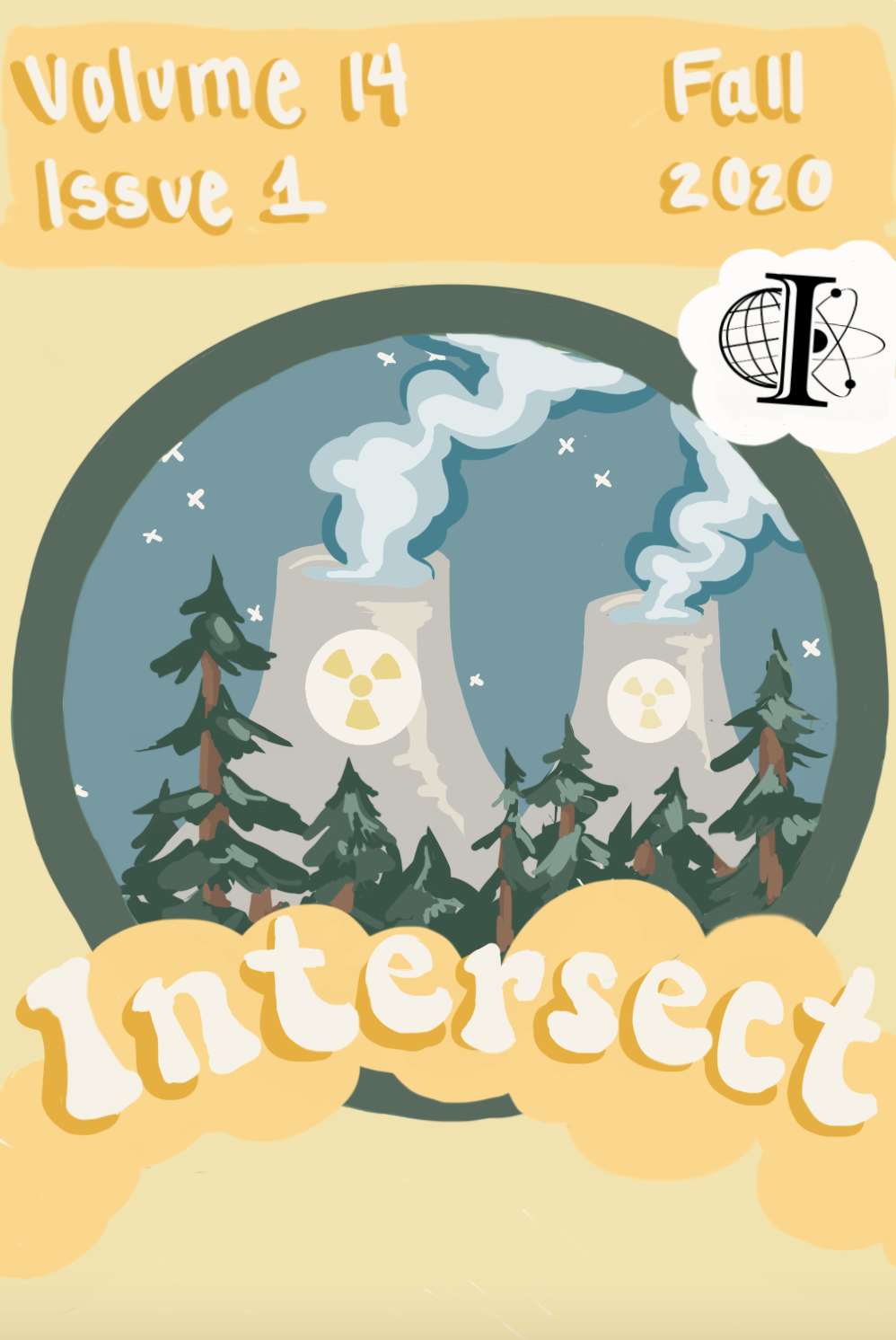Reusing and Recycling Carbon Dioxide to Combat Global Warming
Abstract
The world is at the brink of a catastrophe. Climate change via global warming is threatening to destroy the planet, which has existed for the last 4.5 billion years and been home to humans for 6 million years. The warning signs are glaring, urging humans to try and undo the excessive harm that we have inflicted upon the planet. Yet, a large population remains indifferent to the disastrous implications. If we hope to thrive for many more centuries, we must step up, educate ourselves and turn into environmentally-conscious and environmentally-friendly citizens. A silent killer, global warming has dire implications for our planet's future. It cannot be reiterated enough that if we do not act now, there may be no future for our planet. In the following article, I consider the solutions to only one aspect of climate change- global warming due to the greenhouse effect. The most wide-spread greenhouse gas responsible for global warming is carbon dioxide. Carbon dioxide plays a dual role in the atmosphere: an optimum amount of carbon dioxide in the air is essential to ensure life on Earth, yet a surplus of it promotes global warming. This article seeks to elaborate upon the main chemical methods by which the concentration of excess carbon dioxide can be mitigated: recycling of carbon dioxide by electrochemical processes, reusing of carbon dioxide in its transcritical state, and converting carbon dioxide into biomass.
Downloads
Published
Versions
- 2020-12-17 (2)
- 2020-12-17 (1)
Issue
Section
License
Copyright (c) 2020 Intersect: The Stanford Journal of Science, Technology, and Society

This work is licensed under a Creative Commons Attribution-NonCommercial-NoDerivatives 4.0 International License.
Authors who publish with this journal agree to the following terms:- Authors retain copyright and grant the journal right of first publication with the work simultaneously licensed under a Creative Commons Attribution License that allows others to share the work with an acknowledgement of the work's authorship and initial publication in this journal.
- Authors are able to enter into separate, additional contractual arrangements for the non-exclusive distribution of the journal's published version of the work (e.g., post it to an institutional repository or publish it in a book), with an acknowledgement of its initial publication in this journal.
- Authors are permitted and encouraged to post their work online (e.g., in institutional repositories or on their website) prior to and during the submission process, as it can lead to productive exchanges, as well as earlier and greater citation of published work (See The Effect of Open Access).

